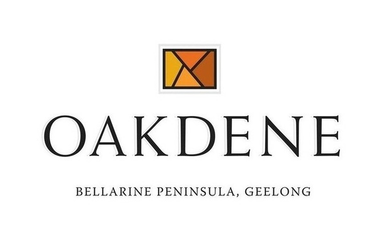The Right White (Ruby Magazine - Summer 2015)

The sun is shining, warm winds are gently blowing and it's the time when we finally catch up with all those people we've been meaning to see all year. The entertaining season is upon us, and when it comes to serving up a white wine, we want it to be the right white.
In the same way that chardonnay was out-cooled by sauvignon blanc, now the prevailing sauv blancs are being out-trended in the it-wine stakes by pinot grigio, or is that pinot gris - well, either way, it's fast becoming the new it wine, or is that wines?
Even wine, it seems, can have an identity crisis these days.
When it comes to pinot gris and pinot grigio, it can be hard to tell what you are buying, which is why we gave Steve Paul, resident wine buff at Oakdene, a call to give us the inside line on the Pinot Gs.
You may have heard or been told that the only difference between the two is that gris is French and grigio is Italian; and that's sort of true, but really misses the story of the Pinot G wines.
What is the same about the gris and the grigio is the grape. The greyish-red grape is a mutation of the noble pinot noir grape (or pinot nero grape, as it is called in Italy), and both 'gris' and 'grigio' are translations of grey in reference to the colour. On another translation note, the name 'pinot' is a reference to pine, because pinot grapes grow in a tight cluster that vaguely resembles a pinecone.
Pinot grigio is a style of wine traditionally produced in northern Italy, around Mogliano and Alto Adige. An earlier harvest with higher acidity and lower alcohol, it tends towards crunchy fruit characters like Nashi pear flavours. The lower alcohol comes from the early harvest, as the grapes haven't developed the high sugar levels of later harvests. These wines are made to drink young and are a lovely light style for summer drinking.
Pinot gris is traditionally produced in northern France, around Alsace, close to the German border. The cooler region means grapes are picked later to allow them to ripen, making for a lower acidity, fuller bodied, rich white wines that tend to be higher in alcohol. Traditional pinot gris make good food wines, matching well with the German-influenced food of its native region like spicy sausages and sauerkraut. The higher alcohol content tends not to be as much of an issue in a culture where a small - and we do mean small - single glass of wine with dinner is the usual consumption limit.
"In Australia, we do either, or both," Steve said, adding that there has been a tendency in Australia to label the wine as gris or grigio based on nationality preference - or just the sound of the name - rather than the style being produced, which has added to the general confusion when it comes to the Pinot Gs.
But the truth is, with our warm climate, Australian Pinot Gs tend to be true to neither of the gris or grigio styles, but will fall somewhere across a very broad spectrum in between.
Here in Geelong, pinot gris (or grigio) is now the fourth most planted grape after pinot noir, chardonnay and shiraz.
"Local wine makers are investing in the variety because we have one of the most suited climates for planting it, which you can see from our success with pinot noir," Steve said. "Here at Oakdene we do both a grigio and a gris style of wine, with the grigio a lovely, crisp drinking style while the gris is a fuller style that is better with food. We have one vineyard of 5 acres of pinot gris and 80 per cent of all of our fruit goes to the fruit-driven style pinot grigio.
"But, like all wines, the best way to choose the right wine, or in this case the right white, is to try it and see what you like."
